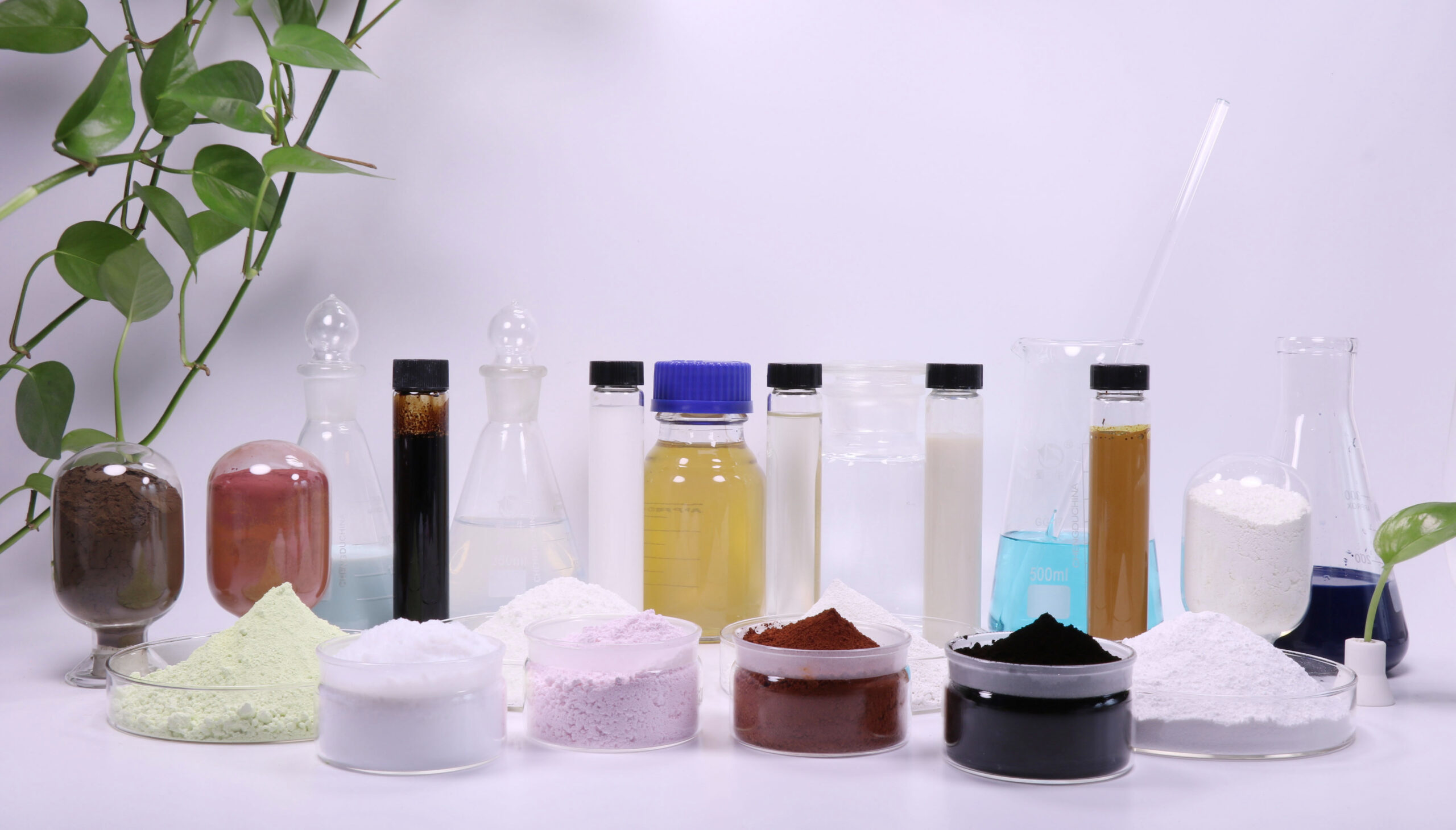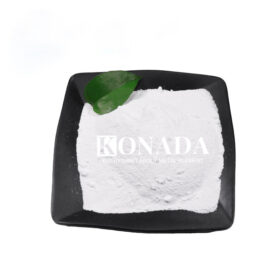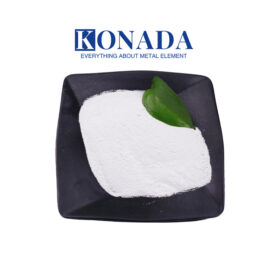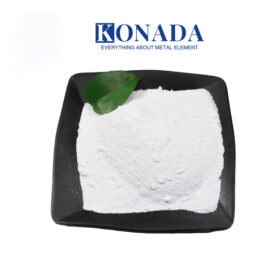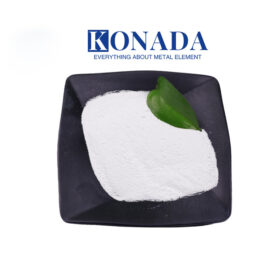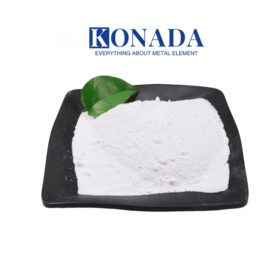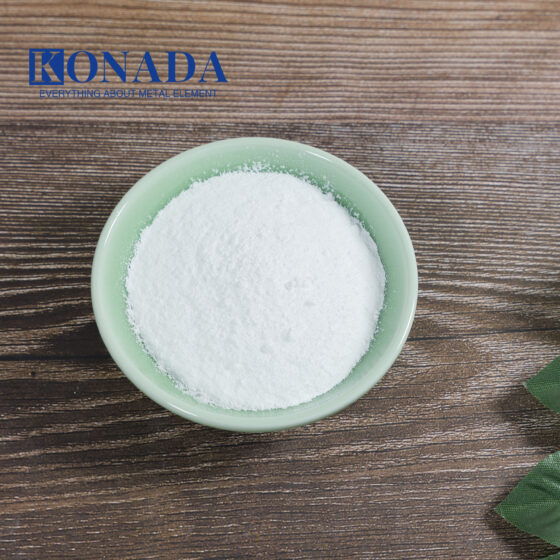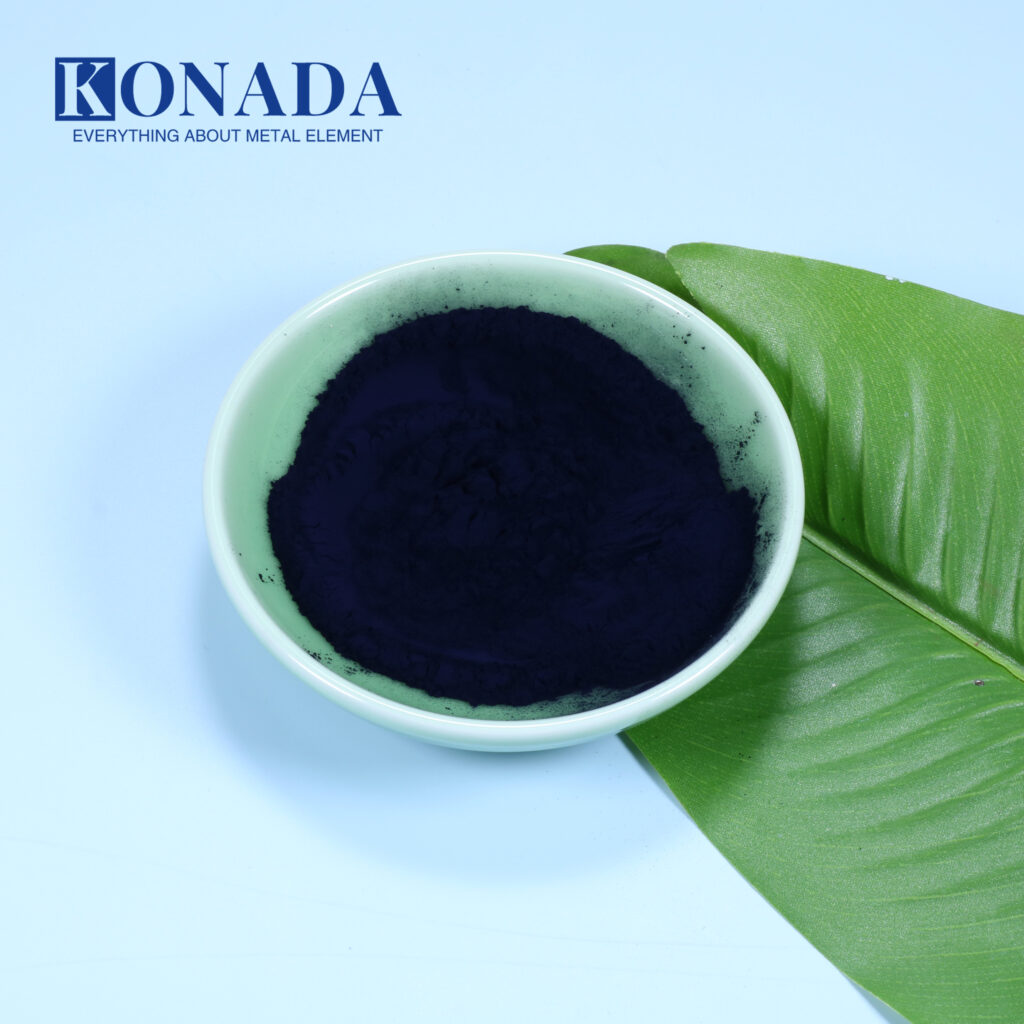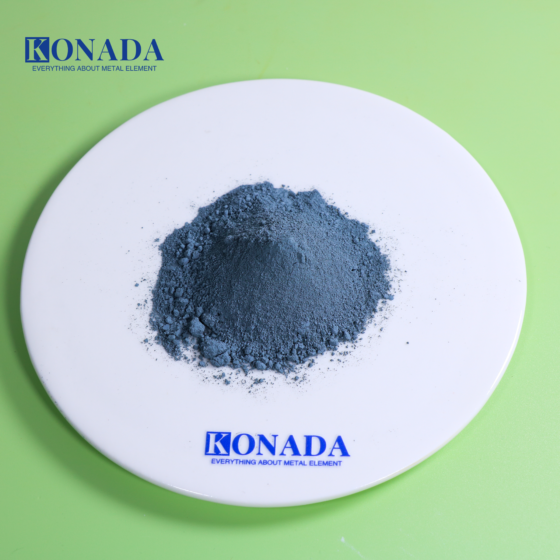Nano-magnesium oxide is often used in battery materials to improve battery cycleability and charge and discharge times, and extend battery life. This is because
nanoscale magnesium oxide is a new type of nanomaterial, which has obvious small size, large surface effect, quantum size effect and macro tunnel effect. The su
rface has been modified without agglomeration, and is better dispersed in the system. properties and nano-activity, so it can give full play to the light, electricity,
magnetic field, thermal and quantum effects of nano-magnesium oxide particles, greatly improving the performance of products with nano-magnesium oxide
added. Take lithium batteries as an example to learn more about their applications.
1. Added to the cathode material
Nano-magnesium oxide YM50 added to the cathode material has the characteristics of low price, high energy and safety. It is not only suitable for small and
medium-sized polymer, colloidal and liquid lithium-ion batteries, but especially suitable for high-power power batteries. Using nano-magnesium oxide as a conductive
dopant, a magnesium-doped lithium iron manganese phosphate is produced through a solid-state reaction, which further produces a nanostructured cathode material
with a conductivity of up to 10-2S/cm and an actual discharge capacity of 240mAh/ g.
2. Added to the negative electrode material
The high-capacity tin composite negative electrode material of lithium-ion battery is selected to add 10-100g/L of insoluble solid particles such as magnesium oxide
YM50 with a diameter between 0.05 and 10 microns; the nickel-solid particle-tin composite negative electrode material prepared by this formula is used as Lithium-ion
batteries have high negative electrode capacity, high first charge and discharge efficiency, and stable cycle performance.
3. Preparation of pH regulator for electrodes
Nanomagnesium oxide YM50 can be used as an alkali solution as a pH regulator and an ammonia aqueous solution as a complexing agent to be added to a mixed
aqueous solution containing cobalt salts and nickel salts to co-precipitate Ni-Co composite hydroxide. The specific steps are to add lithium hydroxide to the composite
hydroxide, heat-treat the mixture at 280~420°C, and then heat-treat the product obtained in the above steps at 650~750°C. When this lithium composite oxide is used
as an anode active material, a high-capacity lithium ion secondary battery can be obtained.
We can process nano-magnesium oxide powder and magnesium oxide liquid of different particle sizes for you, please contact us for more information.


 KONADA
KONADA
